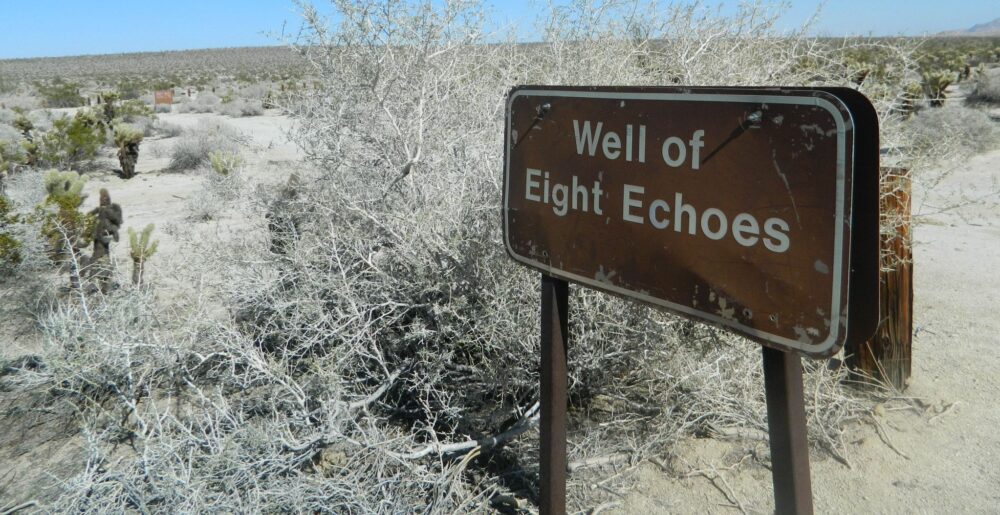Hope sticks

The willow tree symbolizes fertility and new life; a healthy branch can be poked into the ground and it will root, even if it’s upside down. Seems cliche, talking about a willow in connection to grief, but I got here by way of the idea of the beetle that bores into willow trees. Called a Willow Borer, it damages willows so badly that some horticulturists simply recommend against planting it.
Willow Borers can live in the trees for years, boring into the wood and making the tree weep debris from the holes the beetle makes. Eventually the trees disintegrate from the inside out; branches split the tree or break off.
I’ve long identified with the willow for its flexibility in harsh storms. Other trees may break, but not the willow. Its unique makeup makes it supple and less prone to fracture.
I once likened grief to a wet, heavy woolen coat, but it’s not like that at all. You can’t shed grief like a coat. It’s more like the beetle that bores into the willow, only bones don’t weep. At least, not ones bleached dry by the elements.
I’ve been thinking a lot about how to get out from under the grief. I have a sense of stooped stiffness as I walk, and I wonder how evident it is. Has my own beetle made dust of my bones already, I wonder. But every time I sit down to focus on making something out of nothing I must be shoving a hope stick into the ground, I think.
I purposely shared my story with people this semester, shared even though I’ve become cynical and hollow and invisible, with the admonition that you must choose to walk the path that gives you joy because it will sustain you when you are caught out by tragedy. It’s the strongest counterargument against giving up that I know, a hope stick that may thrive come some random spring.
Once in a while I glimpse a tiny chartreuse sprig, but so far I’ve only managed to wither it with neglect because it’s easier to check out by bingeing Rizzoli and Isles or by playing Clash Royale on my phone. It’s easier to accept being invisible, to fly under the radar and disconnect, but there’s a symbiotic relationship between us humans that I feel obligated to show up for.
Curious, amazing thing about willow trees. They have healing properties that’ve been known for centuries. People have not only chewed on the leaves for pain relief, they have prized beavers, which munch on willow trees. Beavers were hunted to near extinction because people wanted their castor sacs.
Microbiologist Joanne Stolen writes,
“Both male and female beavers possess a pair of castor sacs and a pair of anal glands located in two cavities under the skin between the pelvis and the base of the tail. Beavers mark their territories by constructing scent mounds made of mud, debris and castoreum, a urine based substance excreted though the beavers castor sacs between the pelvis and base of the tail” (Stolen).
I want to know who first had the bright idea to poke around and test this substance secreted by beavers from their butt region. In fact, I Googled it, and this link was at the top of the page: Who figured out a beaver’s behind tastes like raspberry? They didn’t just observe but tasted?

This I find deeply amusing because it shows how freakily things are connected, and I can’t say no to hooking into the universe, no matter how sad I am. If healing can come from a beaver’s butt juice, I don’t need proof that my own authenticity could help someone else.






 D5 Creation
D5 Creation